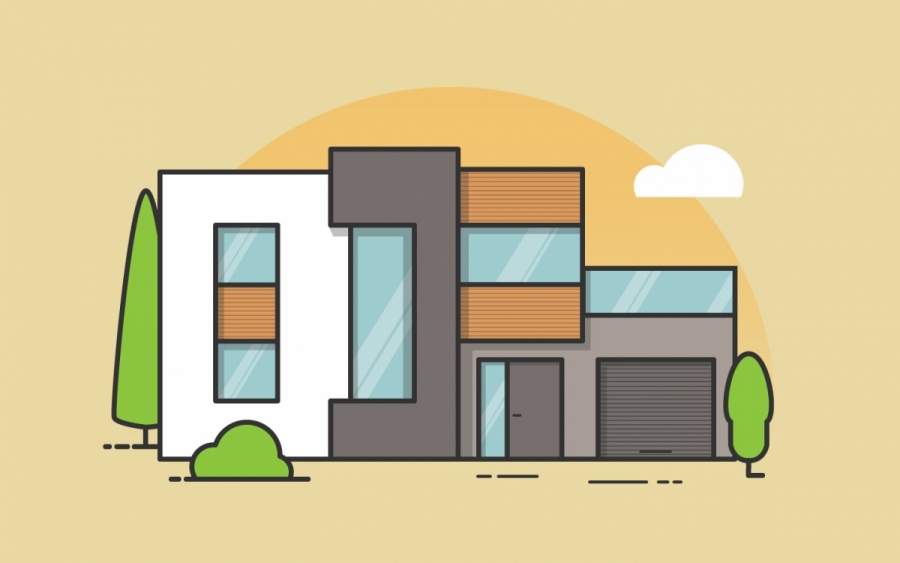For people who can’t seem to find the house of their dreams, building a house can seem like both the perfect solution and an exciting proposition. Unfortunately, there are many surprising and unexpected factors that can make homebuilding more difficult. The biggest hurdle is often that building usually ends up costing much more than people have budgeted. If the homebuilder isn’t aware of the various costs for building a new home – soft costs and hard costs – then it is easy for them not to anticipate a large majority of expenses that come their way.
There is a major difference between hard costs and those that are considered soft. When you discuss homebuilding costs with contractors, they will often speak in terms of “hard” costs. Hard costs are items related to physically building the home, like materials, labor costs, and rental equipment. But hard costs don’t take soft costs into account.
Soft costs are things like taxes that contractors don’t add to their estimate. Since consumers may think they are only facing hard costs, the soft costs can throw even the best budget off course. In many instances, it is the homeowner’s responsibility to add in soft costs, but they usually don’t even know about them.
Soft costs are all the factors that you wouldn’t know about unless you did some serious research or have built a home in the past. Expenses such as architect costs, engineering fees, soil tests, appraisals, inspections, and building-application fees are all items that most homebuilders don’t anticipate.
Soft costs also include things like the land that you are looking to purchase. If you don’t already own it, then that is going to be an additional cost to build a house in Manitoba, that you might not have added to the budget. If you haven’t had the land surveyed, that is another expense. And things like not being serviced for either gas or water connections, or not even having an existing sewer system, can start to add up to a huge amount of money.
The smallest of details, like soil tests and whether you are dealing with clay or rock, can severely affect your excavation costs and can increase the price of your new home build by tens of thousands of dollars. The costs can climb quickly, which is why most people who are building their own house turn to either construction loans or financing. Construction loans can also be used when a homeowner wants to do a major renovation to their existing home or residence.
If you are going to use construction financing or a construction loan, then you should know that it will differ from taking out a mortgage. When you finance a mortgage, you take out a lump sum of money that is payable over a set amount of time – typically a 5-, 15-, or 30-year period. When you use construction financing, most traditional lending institutions don’t give you a lump sum, but payments are made in different stages. Taking the different steps of the building process into account, they earmark funds, like “rough carpentry” stage or “drywall” stage, to pay out.
The major advantage of a construction loan is that there is no money paid until the work is actually completed. A portion of the advance that you are allowed is held as a lien holdback. The holdback is typically about 10% in Manitoba. The disadvantage is that if the construction loan won’t pay out, the homeowner must. That is why it is important to stay on budget and to be realistic, and not forget about all the “soft” costs that are associated with a home build.
If not anticipated, those soft building costs can mean you might not have the means to finish your home build; that could mean that the construction loan won’t pay out and you will be left out in the cold. That can leave you sitting with an unfinished home and no resources to finish it. Be careful when you are building a new home, and understand the type of loan that you take out when budgeting for your building costs to not get into some serious trouble. Also, make sure to do your research and understand the difference between soft and hard costs to budget enough to complete your home.

